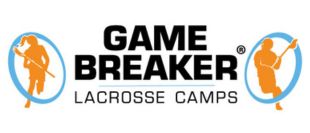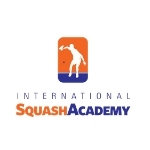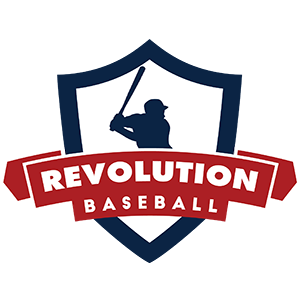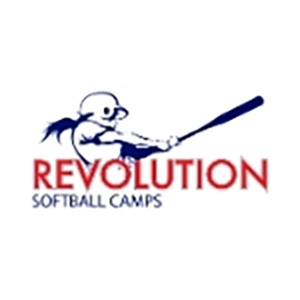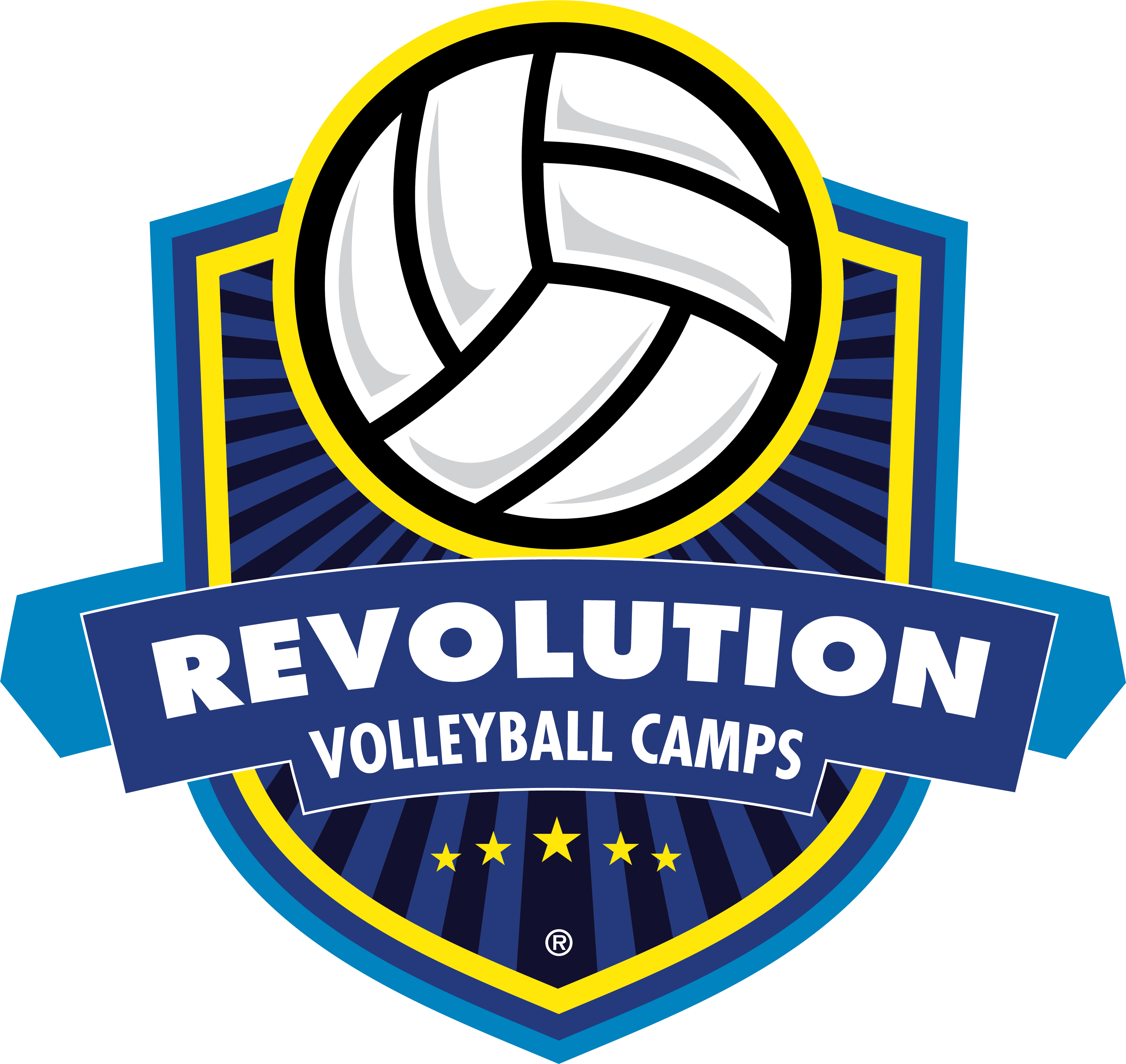Watching your child step onto the lacrosse field for the first time is exciting, but navigating the world of youth lacrosse equipment can feel overwhelming. With so many options available—from sticks and helmets to pads and gloves—how do you know what’s appropriate? Making informed equipment choices not only ensures safety but also sets your child up for success.
Here’s a practical guide to selecting the right gear for your child’s lacrosse journey.
A Guide to Choosing Lacrosse Gear
The Lacrosse Stick
The stick is your child’s primary connection to the game, making it the most crucial equipment choice:
For Young Beginners (Ages 6-9):
- Opt for shorter sticks (36-38 inches) with wider heads
- Choose complete sticks with softer mesh pockets
- Look for lightweight options (under 340g) to prevent fatigue
- Consider sticks specifically marketed as “youth” or “beginner” models
For Developing Players (Ages 10-13):
- Transition to intermediate-length sticks (38-40 inches)
- Select mid-pocket depths that balance control and release
- Look for sticks with slightly narrower heads as skills develop
- Consider durability factors as play becomes more competitive
Remember that boys’ and girls’ sticks have different legal specifications—girls’ sticks have shallower pockets and different head shapes to accommodate their game’s rules.
Protective Gear
Protection requirements vary quite a bit between boys’ and girls’ lacrosse:
Boys’ Essential Protection:
- Helmet with NOCSAE certification (proper fit with no movement)
- Shoulder pads sized appropriately (coverage without restricting movement)
- Arm pads (ensure they cover from elbow to wrist)
- Gloves (proper finger mobility with adequate padding)
- Athletic cup and mouthguard (non-negotiable safety items)
Girls’ Essential Protection:
- Protective eyewear with ASTM certification
- Mouthguard (properly fitted to prevent oral injuries)
- Optional padded headgear (becoming more common)
- Minimal padding compared to boys’ version
For both versions, ensure all equipment meets current safety standards and league requirements.
Age-Appropriate Sizing Guidelines
Equipment that fits properly prevents injuries and improves performance:
Helmet Sizing:
- Should be snug but comfortable with no pressure points
- No movement when your child shakes their head
- Approximately one finger width between eyebrows and helmet edge
Glove Sizing:
- Fingertips should reach near the end of the glove fingers
- No significant gap between the hand and the padding
- Wrist protection should cover the entire wrist area
Pad Sizing:
- Shoulder pads should cover the collarbone and shoulder cap
- Arm pads should protect from mid-upper arm to wrist
- No gaps between pads and no restriction of movement
Cost-Effective Strategies for Growing Players
Quality equipment doesn’t have to break your budget:
- Focus spending on critical protection (helmet, gloves) and get thrifty on other items
- Consider previous-model-year equipment for significant savings
- Explore gently used equipment for non-safety items (mesh bags, clothing)
- Plan for growth by not purchasing everything at the maximum size
As your child grows in the sport, their equipment needs will evolve alongside their skills and physical development.
Want top-notch guidance for your lax player this summer? Our expert coaches are ready to help you improve your lax game at one of our 2025 GameBreaker Lacrosse Camps. Find a location near you and sign up today!
Recent Blog Posts
4 Strategies to Handle Those Pre-Game Nerves in Lacrosse
Pre-game nerves affect lacrosse players at every level—from youth leagues to professional fields. But here's the good news: those butterflies in your stomach can fuel your performance when you know how to harness them properly. [Read More>]
A Guide on Paths to Keep Playing Lacrosse After College
The final whistle of your college career doesn't have to signal the end of your lacrosse journey. For passionate players, the transition from collegiate competition to post-graduate play represents a new beginning with different—and often [Read More>]
Is Lacrosse Camp Right for My Child? Here’s What to Consider
As summer approaches, you're likely weighing various activities for your child. Lacrosse camps offer intensive skill development, new friendships, and memorable experiences – but how do you know if it's the right fit? Making this [Read More>]
